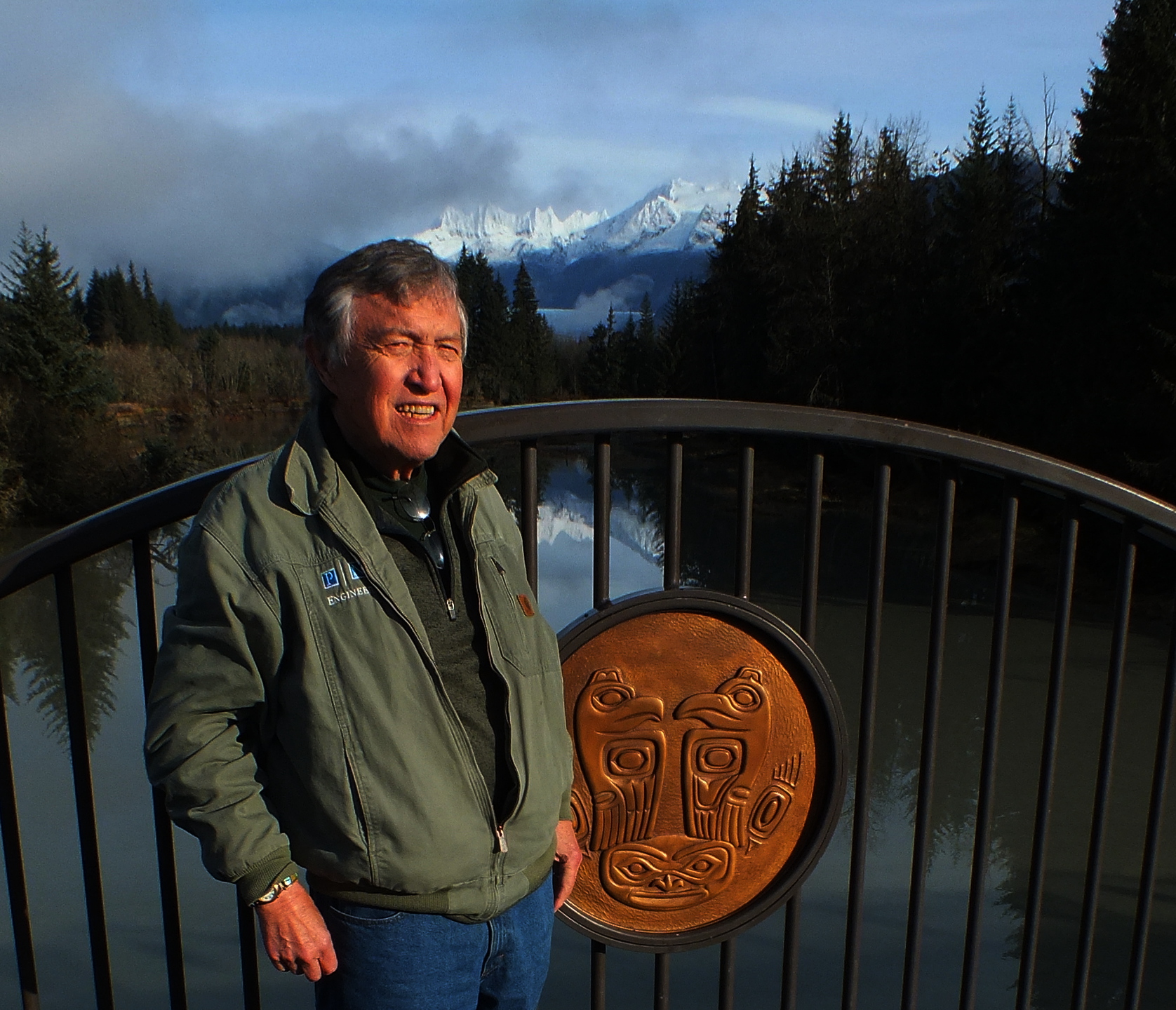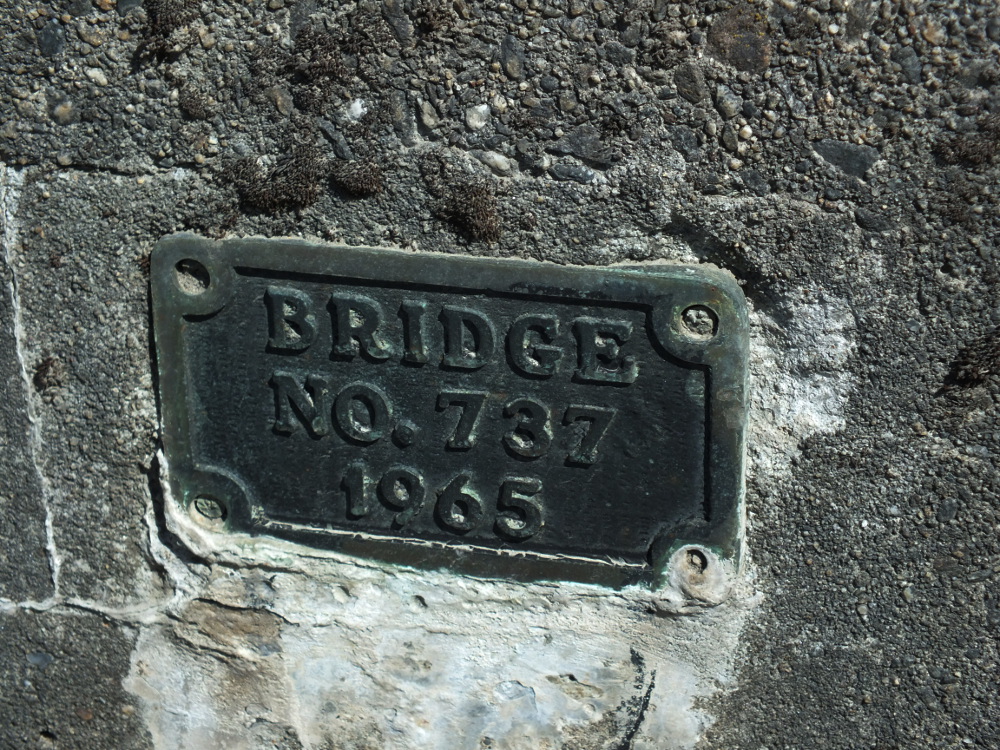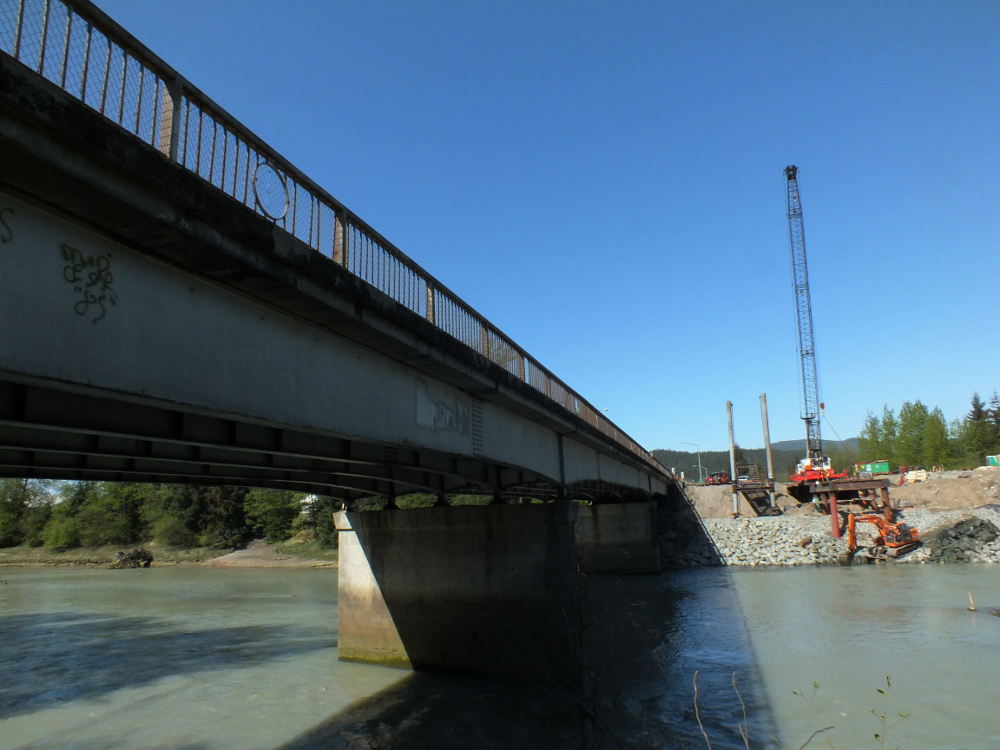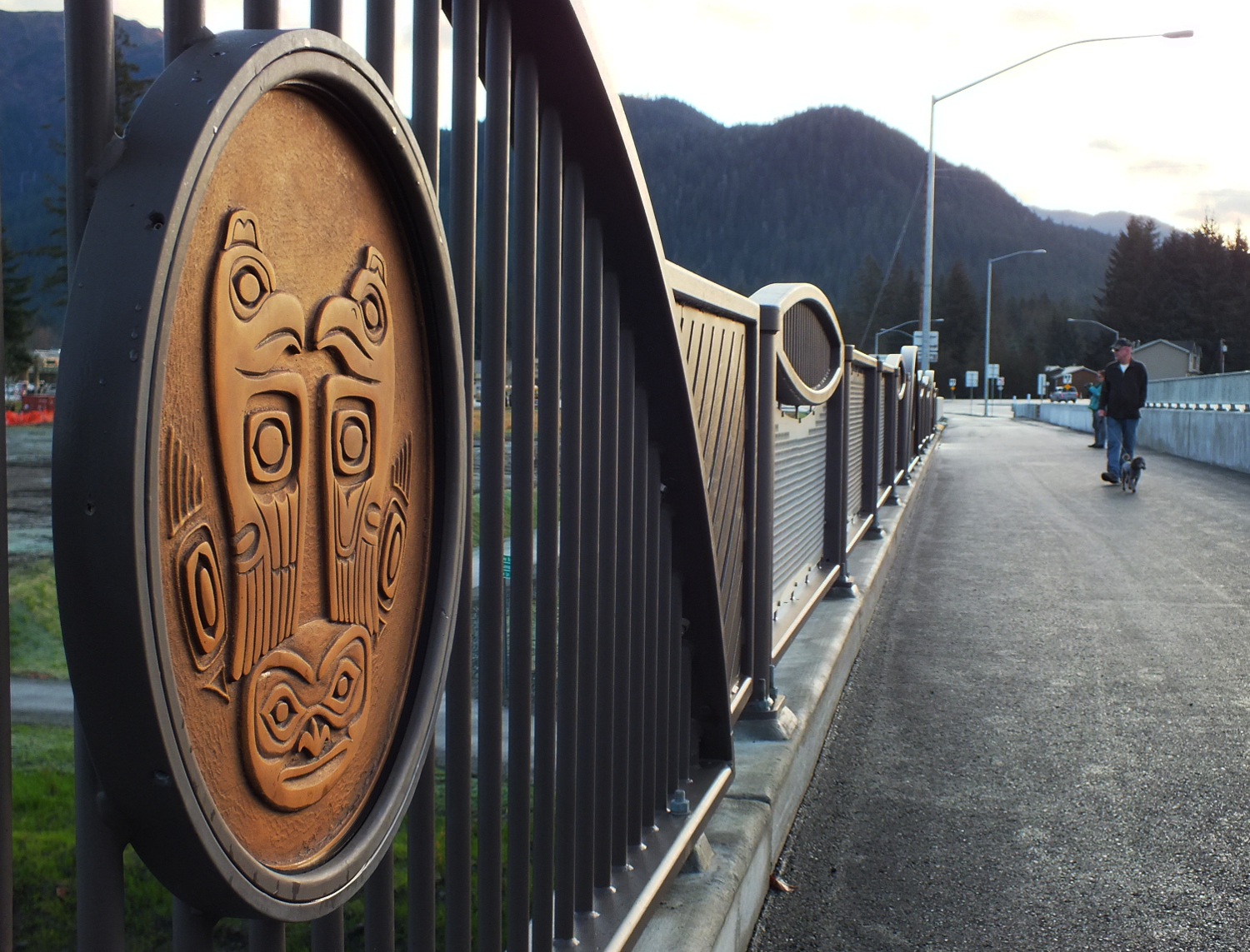
Roy Peratrovich Jr. says he never had any intentions of becoming a bridge designer. He just sort of fell into the profession.
“By doing other things that civil engineers don’t do: digging ditches, working in construction, and just doing some miserable jobs,” Peratrovich says. “And I said ‘I don’t want to be doing this all the time.’”
Peratrovich, a designer of the original Brotherhood Bridge that was completed in 1965, was in Juneau for last weekend’s dedication of the new Brotherhood Bridge. It’s the fifth bridge for the Glacier Highway crossing at Mendenhall River and the second bridge honoring the Alaska Native Brotherhood, the organization created in 1912 that advocated for Alaska Native civil rights.

After graduating from the University of Washington in 1957, Peratrovich says he was newly married and needed a job. He was hired by the City of Seattle largely because he got an ‘A’ in a bridge design class.
“At that time, there were no overpasses, no freeway systems, and we got involved in designing one of the first interchanges, separated interchanges,” Peratrovich says. “There’s a lot of firsts that we worked on down there. I found I had a natural leaning toward that. I just loved it. Bridge design became my thing.”
Peratrovich, who says he is the first Alaska Native to be registered as a professional civil engineer, later returned to Alaska shortly after statehood.
Peratrovich gets a lot of recognition for designing the original Brotherhood Bridge, but he credits his boss, chief bridge engineer Charlie Smith, with coming up with the idea.

“He learned of my Tlingit background and I kind of told him – and this is talking to him in 1962 – 50 years ago ANB was formed,” Peratrovich says. “Later on, he came back to me and he said, ‘We need to do something to celebrate that, for the ANB. Maybe we should do something with the bridge.’ At that time, it was called the Mendenhall River Bridge, bridge number 737.”
The Brotherhood Bridge symbolized the bridging of the gap between Native and non-Native Alaskans, and the project allowed Peratrovich to incorporate his first love, art, into his profession.
Peratrovich says he and Smith figured out a way to make the bridge unique and distinctive, and also honor ANB by installing art in the bridge railings.
Peratrovich remembers being inspired by a small medallion that he borrowed.
“Kind of a dollar, a bronze dollar that was made with that medallion picture on it, only a lot cruder,” Peratrovich says.
He enlarged the design so that it was 2 feet in diameter and redid it with the ovoids and other formlines seen in Northwest Coast art. Eagle and Raven, representing Tlingit moieties, face each other and both are standing on a rock that represents ANB.
Peratrovich says bridge superintendent and silversmith artist Tom Paddock carved the design into a plank of yellow cedar. At Seidelhuber Iron & Bronze Works of Seattle, the wood was pressed into oiled sand. Aluminum was poured into the sand to create a master mold for the bronze casting.
Peratrovich remembers the original medallion installation: “I think I used a stainless steel bolt in that thing and left a big enough gap in here so there wouldn’t be any contact between this and the metal. Bronze and steel will react to one another. You’ll end up eating away the bronze. Electrolysis.”
Peratrovich says three additional medallions were made. He gifted the first one to the Sitka ANB camp, where it started. A second medallion was loaned to his dad, and it eventually made its way to the ANB camps in Anchorage and then Ketchikan.
Peratrovich says he eventually got one to keep himself.
Roy Peratrovich Jr. is the son of Alaska Native civil rights leader Elizabeth Peratrovich. Among those attending the dedication of the original Brotherhood Bridge was his dad, Roy Peratrovich Sr. who represented the Alaska office of the Bureau of Indian Affairs and his uncle, Frank Peratrovich, a state senator from Klawock.

The 10 medallions from the old bridge were recovered, restored and installed on the upstream pedestrian railing of the new Brotherhood Bridge. Pedestrians can see large concrete replicas of the medallions that have been mounted on the side of the bridge abutments.
The John O’Connell Memorial Bridge in Sitka — considered as the first cable-stayed vehicular bridge in the country — and the West Seattle Bridge were among the other projects that Peratrovich says he worked on.
After leaving state service, Peratrovich and a friend created the consulting and design firm Peratrovich & Nottingham, later called Peratrovich, Nottingham and Drage, and then PND Engineers, Inc.
“It’s been an interesting career,” Peratrovich says. “Then after I retired, I took up art. So, I did a lot of bronze.”
Now 81 years old, Peratrovich creates art in his studio in Gig Harbor, Washington. His 10-foot bronze sculpture, Flight of the Raven, located at Fourth and E streets in Anchorage, was created to honor his parents and tells the story of how Raven brought light to the world. He currently creates bronze sculpture, mostly smaller pieces, with the lost wax casting method.
